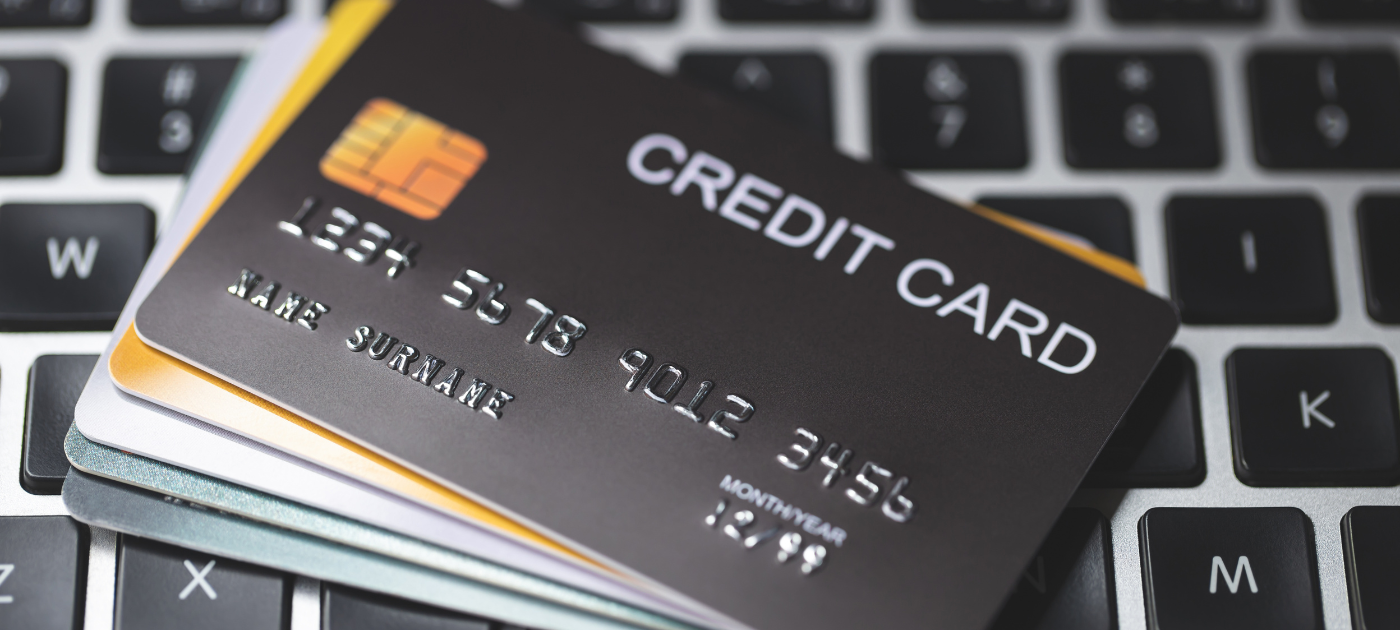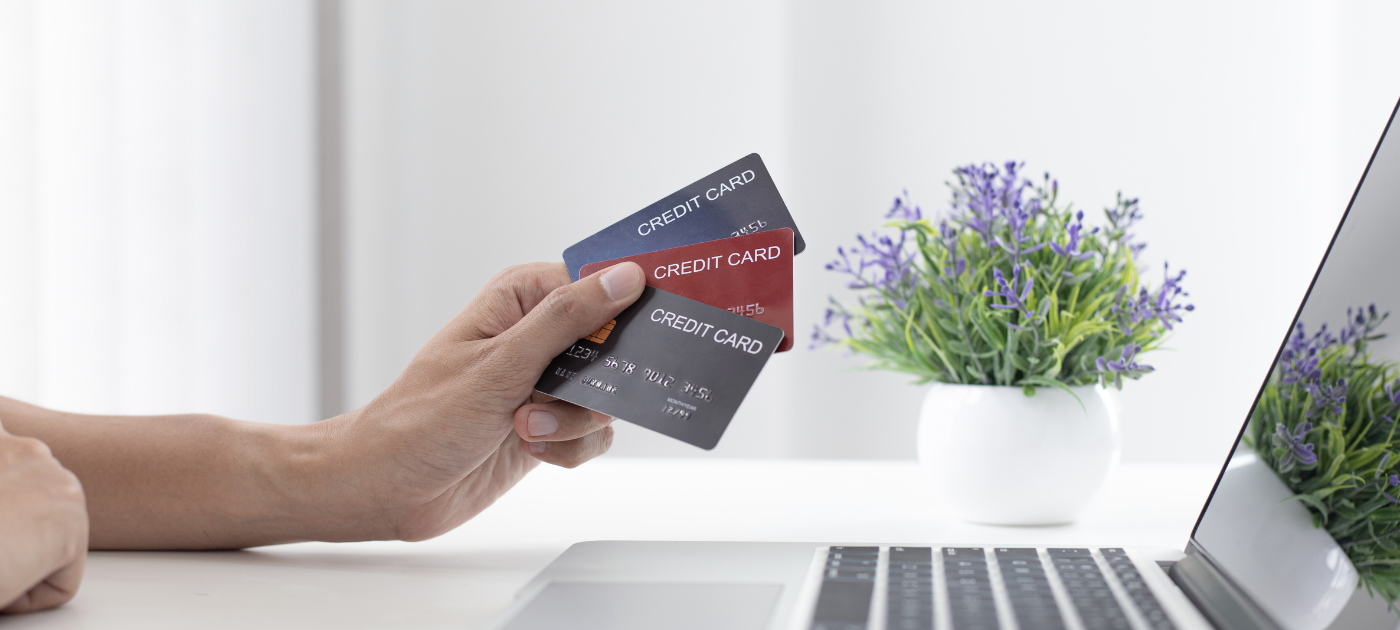What Do Credit Card Numbers Mean In Canada? Detailed Answers

You may be surprised to learn that your credit card number is more than just a random string of digits thrown together by the credit card company. There is meaning to certain numbers on your credit card, which can be very helpful to know about–whether you have a Visa, MasterCard, Amex, or Discover card.
Continue reading below to learn more about what your credit card numbers mean and how to decipher all the different types of numbers that you’ll find on your credit card.
Read more: Top 10 Best Credit Cards In Canada For 2023
What Is A Credit Card Number?
Simply put, your credit card number is the string of numbers that are listed on your card. It’s what you use to make purchases online, and what distinguishes your card from others by the credit card issuers.
Read more: Top 9 Best Travel Credit Cards In Canada 2023
The Design Of the Card Number
You’ll notice that there are different types of numbers included on your credit card, and they’re often specifically placed so they’re easy to distinguish from one another. Let’s dive further into this below.
Front of a Credit Card
For starters, your actual credit card number is often included on the front of your card. In some cases, credit card companies today are putting these on the back. However, most often you will find them on the front. This string of digits is often 16 numbers long and is completely unique from a card that another card holder has.
In addition to your credit card number, you’ll likely notice an expiration date included on the front as well. This is set by the credit card issuer, and is often set four or five years in the future. This signifies the last date that the credit card can be used before you need to replace it.
Back of a Credit Card
On the back of the credit card, you will find the three-digit CVV or security code. This is an added feature for security that financial institutions started including in the late 1990s and early 2000s. Cards issued before that time did not have a CVV. However, nearly every credit card you’ll find today will have this included on the back. Some issuers even have a four-digit code.
Read more: Best Virtual Credit Cards In Canada 2023
The Meaning Of Credit Card Numbers
As we briefly discussed above, there are certain meanings attached to the numbers that you’ll find on your credit card. Again, most cards are 16 digits long, and 15 if you have an American Express credit card. But, this can vary.
For instance, if you have a Visa or Mastercard, the issuer identification number is represented by the first six digits on your card. This is something that is unique to each bank, and banks can have more than one bank identification number. The meaning is a little different if you have an American Express card. In this case, the second number on their credit card numbers is always going to be 7, and the first number is always going to be 3. After that, the third number signifies the type of card, and the fourth number shows the currency that the card is issued for.
Now let’s break down the first string of numbers even further. The first number will correspond with the industry that the card is for. Here is what each of the common first numbers stands for:
- 3: entertainment and travel cards
- 4, 5, 6: financial institutions
Further, each of the major credit card networks in the country is represented by one of the above numbers, like the following:
- 3: American Express (shared with other card issuers)
- 4: Visa
- 5: Mastercard
- 6: applies to most debit cards in Canada
If your credit card numbers don’t start with one of these numbers, that probably means it was issued by another industry like airlines or gasoline station chains.
Credit Card Numbers Versus Account Numbers

Now we will break down how your account number is taken into account within your credit card numbers. Again, credit card numbers are not random strings of numbers put together–there is an important meaning that the major credit card networks have created for their credit card.
The remaining numbers after those initial six are the ones that correspond with your account number with the card issuer, minus the last number, if you have a Visa or Mastercard. If you have an American Express credit card, the 5th through 11th digits are your account number. The last digits, digits 12 through 14 are the Amex card identifier within your account, accounting for replacements.
For instance, most American Express cards’ final four digits start with 100, signifying that it’s the first issued credit card for that account. If the card holder were to request a replacement card, the numbers would be 200. If they requested another replacement credit card, it would be 300, and so on with each subsequent replacement.
The last digit is what’s called a validator, which is another safety feature of your credit card. Though it’s included with the rest of your credit card numbers, it’s determined by an algorithm and helps fight against fraud.
Keep in mind that your bank account number is not the same as your card number on your credit card, though the two are linked together.
Read more: Best Credit Cards For Students Canada
How To Keep Your Credit Card Number Secure
With so much of our world going digital and shopping online becoming so popular, it can be hard to figure out how to keep your credit card number secure and out of the hands of potential thieves, hackers, or other bad actors who want to steal your money or extort you. Especially if you want to use your credit card number online, how do you know that the vendor will protect your credit card number? Back in the day, a thief would have to steal your physical card and take it into a store to use it. Today, this is a much different story.
Luckily, as we’ve discussed so far, there are many security features already built into your credit card by the major card networks, like the CVV code, the final digit on the credit card number, and more. This means that even if someone gets the credit card numbers from the front of your card to enter online and make a transaction, unless they have the physical credit card with them and have the security code on the back, they won’t be able to complete their online purchase. But, there are some additional tips to help you avoid getting scammed or becoming the victim of a financial crime.
For starters, make sure you sign the back of the credit card in the signature field as soon as you receive it. This will help protect you should someone steal your physical card and try to pass themselves off as you in a store and that the card belongs to them. If the signature field is signed, the merchant should request an ID to verify the identity of the person using the credit card for card verification.
Next, you should log into your credit card account online and set up alerts for any suspicious activity. The card issuer has algorithms to track when a transaction seems out of the ordinary, which can help you catch fraudulent activity as soon as it happens. When you’re setting up your account, make sure to set a password or card verification code like your PIN number that is distinct from other online accounts. Plus, if the card issuer offers multi-factor authentication, take advantage of this. This will support the security of your card and account even more.
In practice, don’t give your credit card to others to use in public, and never leave it unattended where someone can copy all the details of your card. If you have to give your credit card number out over the phone, be wary of who you’re speaking with, and only provide the credit card number to a trusted vendor. If you are still receiving paper documents and statements from the issuer, request to go paperless to avoid having the circulation of your private data out there. Shred all related documents before you toss them in the trash to keep your information out of the wrong hands.
When you’re online, avoid clicking on suspicious links or responding to emails or text messages from people you don’t know who are asking for sensitive data. Check your account often to help recognize any unauthorized or suspicious transactions that you didn’t make yourself.
Final Thoughts
If you didn’t know that your credit card numbers had meaning before, now you do! Valid credit card numbers hold a lot of meaning, starting with the first digit that distinguishes which of the major networks issued your card, or the major industry identifier. This signifies whether you have a Discover card, a Visa, MasterCard, or American Express.
Next is the issuer code that is attached to the issuing bank of the card. Then, this is followed by your individual account number with the Canadian banks or card issuer, and a verifier code at the end. So from the first digit to the last, each number has meaning on your credit card.
Frequently Asked Questions (FAQs)
For a Visa card or Mastercard credit cards, issuer identification numbers are represented by the first 6 digits of your valid credit card number and are related to the issuing bank of the card.
The expiration date on your credit card goes off on the last day of that month. In this instance, the last day you could use the credit card would be June 30, 2026. After that, you will need to replace the credit card.
This is not necessarily part of your credit card number. However, it is a series of numbers that is included on your credit card as a type of security code. Often, the card’s CVV will be a three-digit code listed on the back of your credit card.
The major credit card network in Canada includes: Visa cards, Discover cards, MasterCard, and American Express. And yes, you can tell which card issuer made your card based on the first digit in your credit card number.
Some have claimed that virtual credit cards that are attached to a real credit card account offer additional protection since they are only valid for one purchase. You can speak with your card issuer to see if they offer this for safer online transactions. Be aware, this is not the same as a credit card number generator, which provides you with fake credit card numbers. Only speak with your actual card issuer about this possibility for virtual numbers.
The magnetic strip will include information like the name of the cardholder, their address, account number, and account balance.
ABOUT THE AUTHOR

ABOUT THE REVIEWER

+ 5 sources
- Canada (2023). Choosing a credit card – Canada.ca. [online] Canada.ca. Available at: https://www.canada.ca/en/financial-consumer-agency/services/credit-cards/choose-credit-card.html.
- Canada (2023). Credit card balance insurance – Canada.ca. [online] Canada.ca. Available at: https://www.canada.ca/en/financial-consumer-agency/services/credit-cards/balance-insurance.html.
- Canada (2023). Joint credit cards – Canada.ca. [online] Canada.ca. Available at: https://www.canada.ca/en/financial-consumer-agency/services/credit-cards/joint-credit-card.html.
- Canada (2023). Credit cards: know your rights and responsibilities – Canada.ca. [online] Canada.ca. Available at: https://www.canada.ca/en/financial-consumer-agency/services/rights-responsibilities/rights-credit-cards.html.
- Canada (2023). Using your credit card responsibly – Canada.ca. [online] Canada.ca. Available at: https://www.canada.ca/en/financial-consumer-agency/services/credit-cards/use-credit-responsibly.html.

